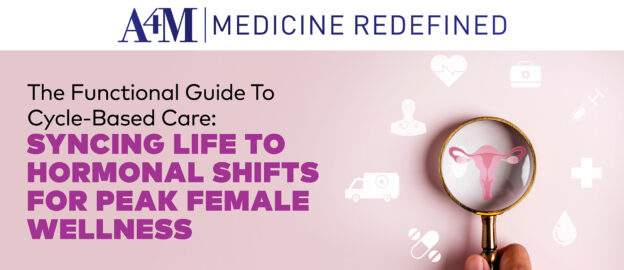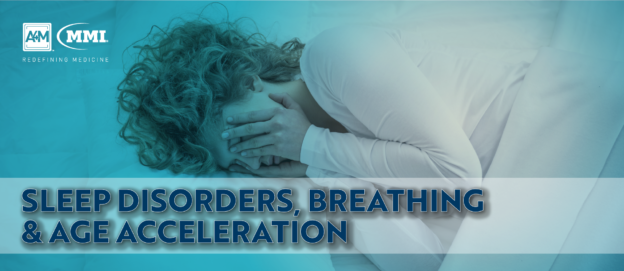When most people think of October, they think pumpkins, leaves changing colors, Halloween, a cooler crisp in the air – and breast cancer. It’s become pretty standard in today’s society that most people associate the month of October with Breast Cancer Awareness.
Since the Susan G. Komen Foundation started handing out those pink ribbons at a 1991 Breast Cancer Survivors race in New York, (carecyclesolution.net) the color pink can be seen prevalently throughout the month of October with hopes of bringing awareness of this awful disease affecting over 232,000 women and over 2,000 men, just in 2014 (cancer.org). During the month of October, professional athletes proudly wear pink cleats and wristbands, thousands of walks and races are held nationwide for survivors and their care takers, and most importantly- survivors are saluted and people are realizing the importance of taking the proper steps for prevention.
While there is no profound way to prevent breast cancer, according to the American Cancer Society, there are several ways to decrease the risk of breast cancer – and disease in general. Eating healthy, getting enough sleep and physical activity, visiting the doctor regularly, staying away from smoking and limiting alcohol consumption; these all seem like things we should be doing anyway right? It’s more than that, it’s Preventive Medicine. Preventive Medicine is just that, it’s preventing chronic health issues and age related diseases that debilitate people every day; it’s a lifestyle.
So what can we do? If you’re a doctor, try dabbling in personal and preventive medicine and teach your patients about lifestyle management. If you’re a patient, establish a working partnership with your physician, get that mammogram, take your recommended vitamins and supplements to protect your body, have a salad instead of that slice of pizza, or take the stairs instead of the elevator.
Breast cancer awareness (and disease awareness) in general, is on the rise and has grown over the last several years, but we can never do enough. The more people know how to be healthy, will be.


